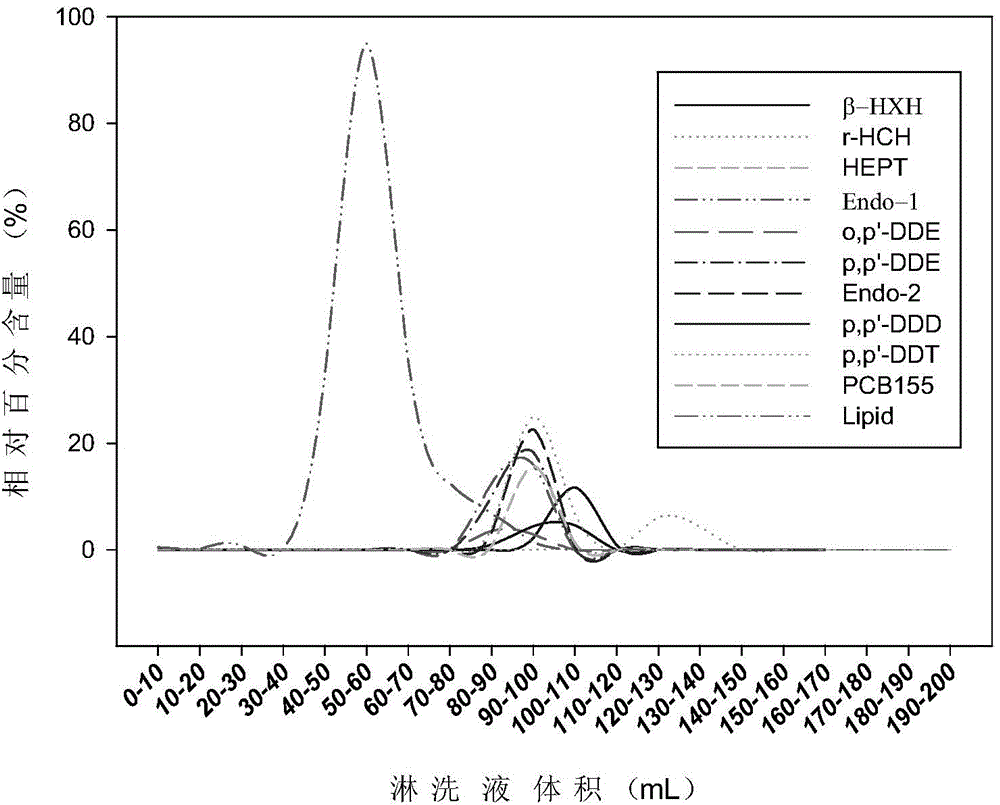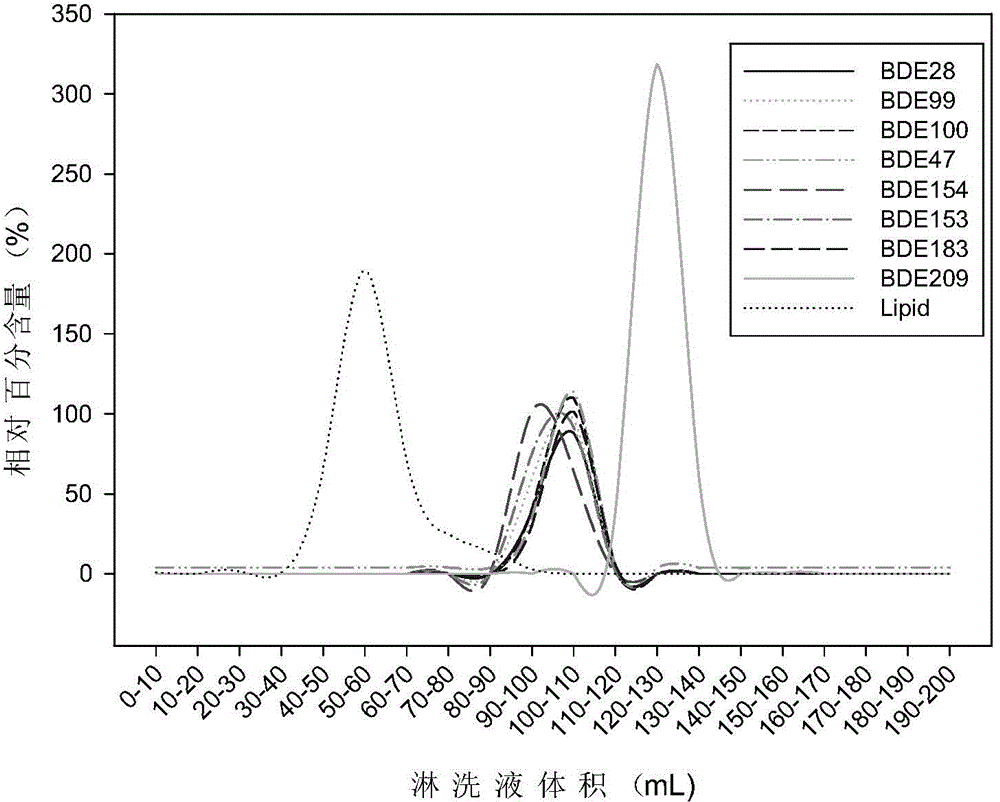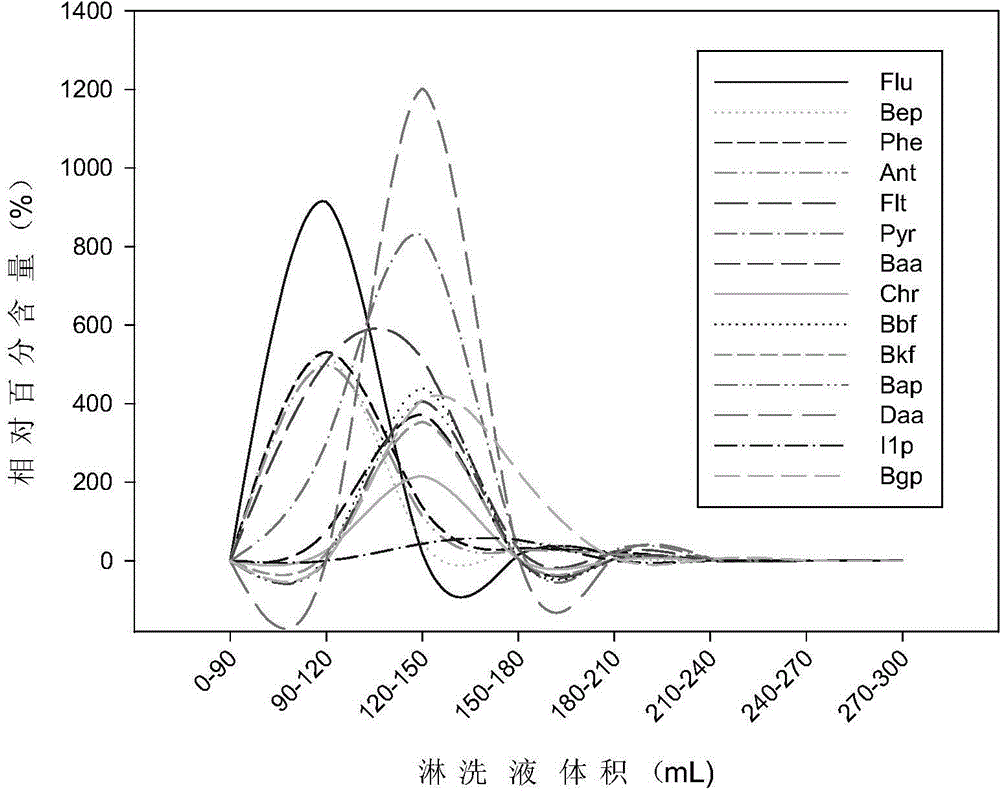Analysis detection method of fetal intrauterine multiple pollutant exposure levels
A detection method and exposure level technology, applied in the field of analysis, can solve problems such as low recovery rate, high requirements for experimental conditions and experimental skills, and incomplete purification
- Summary
- Abstract
- Description
- Claims
- Application Information
AI Technical Summary
Problems solved by technology
Method used
Image
Examples
Embodiment 1
[0057] In this embodiment, 130 placenta samples collected from Shanxi Province were selected. The placenta samples were collected when the pregnant women gave birth, and the collected placenta samples were put into polyvinyl chloride bags and stored in a freezer at -20°C. Under the protection of dry ice, they were transported from the local hospital to the laboratory and kept frozen at -20°C.
[0058] Neural tube defects (NTDs) are a common congenital malformation with a high incidence in my country, especially in Shanxi Province, where the incidence rate reached 13.9‰. Children with severe birth defects that are visible to the naked eye can be identified through the population birth defect monitoring system. Whenever a child with obvious birth defects is diagnosed, a child without any birth defects will be selected in the same hospital as a control. The selected controls were of the same gender as the cases, and the mothers of the controls lived in the same area as the case ...
PUM
 Login to view more
Login to view more Abstract
Description
Claims
Application Information
 Login to view more
Login to view more - R&D Engineer
- R&D Manager
- IP Professional
- Industry Leading Data Capabilities
- Powerful AI technology
- Patent DNA Extraction
Browse by: Latest US Patents, China's latest patents, Technical Efficacy Thesaurus, Application Domain, Technology Topic.
© 2024 PatSnap. All rights reserved.Legal|Privacy policy|Modern Slavery Act Transparency Statement|Sitemap



